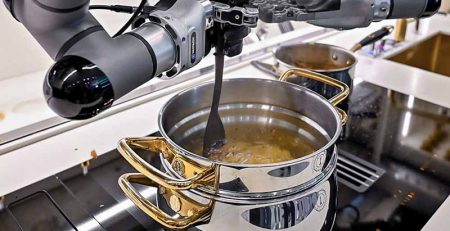Yuba – Japanese Tofu
Yuba (Tofu ki) is a common ingredient in Japanese cuisine. It is made by boiling soy milk and removing the film on the surface. Tofu ki, on Viet Nam also known as Phu Chuc or Van Dau, is a product made from soybeans.
During the cooking process of beans, a thin layer of beans containing protein and fat will form on the surface of the bean milk pot. People will pick up this thin film and dry it to form tofu.
Tofu, called Tofu in Japanese, is a food made from soybeans and usually has no particular smell but is very easy to cook and prepare. This is a kind of bar food, so it is easy to eat for many people, especially vegetarians.
In Japan, Toufu is a common food and is often cooked with Miso soup, Kakujiru soup (a soup cooked with wine residue and other dishes) and hot pot dishes. In China, the variety of tofu is much more abundant than in Japan and is processed into many different dishes. This dish is also very familiar in the meals of Vietnamese, Korean, Cambodian, Thai, Burmese… Currently in the US, there are also many people who like tofu and are sold in food stores.
When cooking soy milk, a film of protein and fat floats to the top of the water according to the Ramsden phenomenon known as Yuba. In Vietnamese, it is called phu chuc, tofu ky and this is a protein-rich food used in vegetarians. Yuba contains about 50-55% protein, 24-26% fat, 9% water and 12% carbohydrates.
In Japan Yuba is used mainly in vegetarian dishes and was introduced to the country from China about 1200 years ago when the monk Saichou brought it from the mainland along with Buddhist scriptures and tea. Yuba first appeared in the text as a rhyme at the foot of Mount Hiei, the ancestral mountain of Japanese Buddhism. The children sang, “What does the mountain monk eat to live? He ate lucky charms and pickles to live.” Yuba dishes were passed down from the Tendai sent Enryakuji temple on Mount Hiei (present-day Shiga Prefecture) to the temple trading towns in regions such as Kyoto, Oumi, and Nikkou.
Source: https://japanduhoc.com/
ittctech-vn.com
















